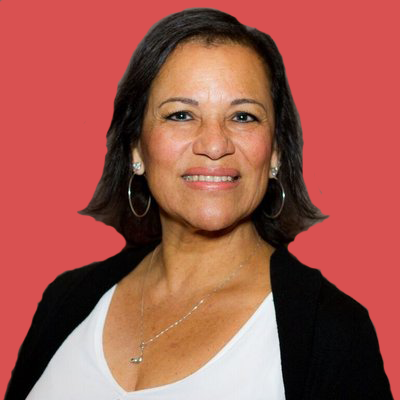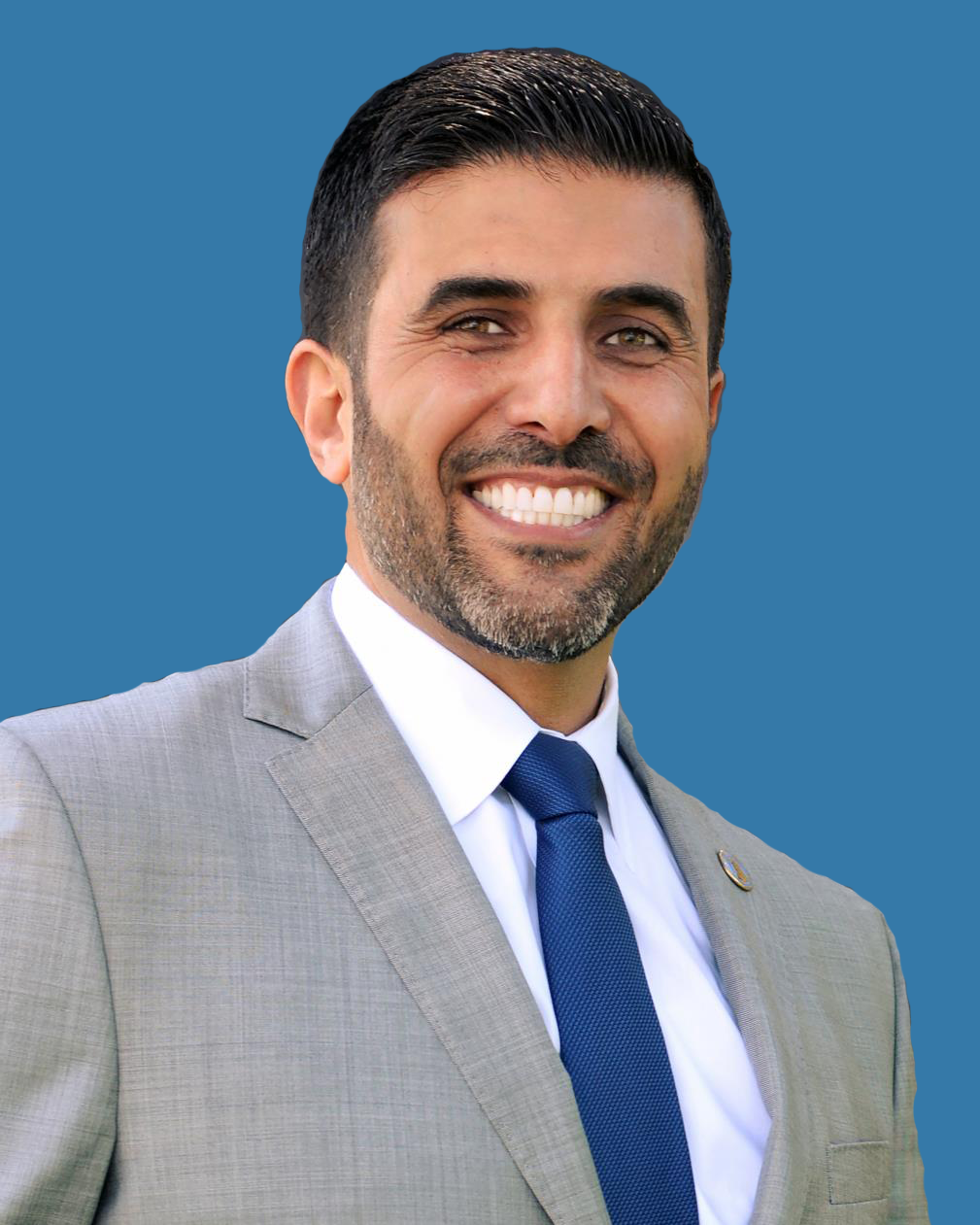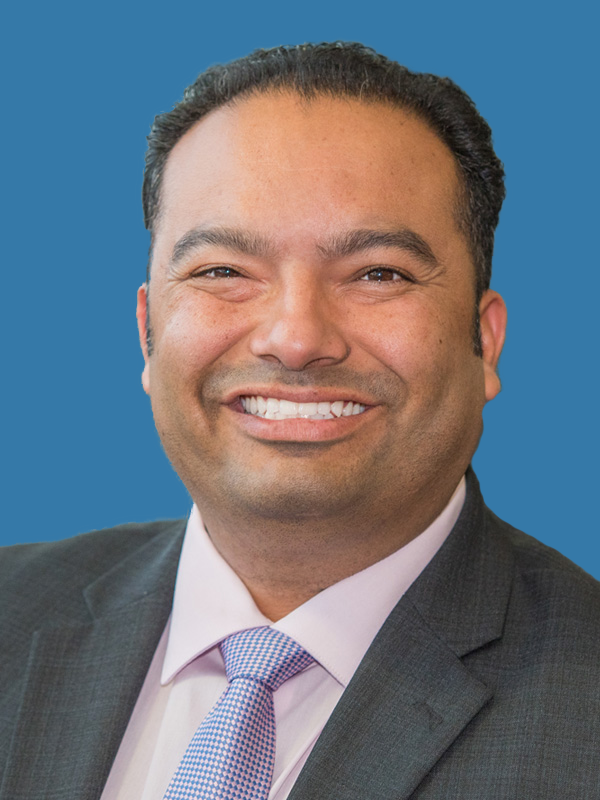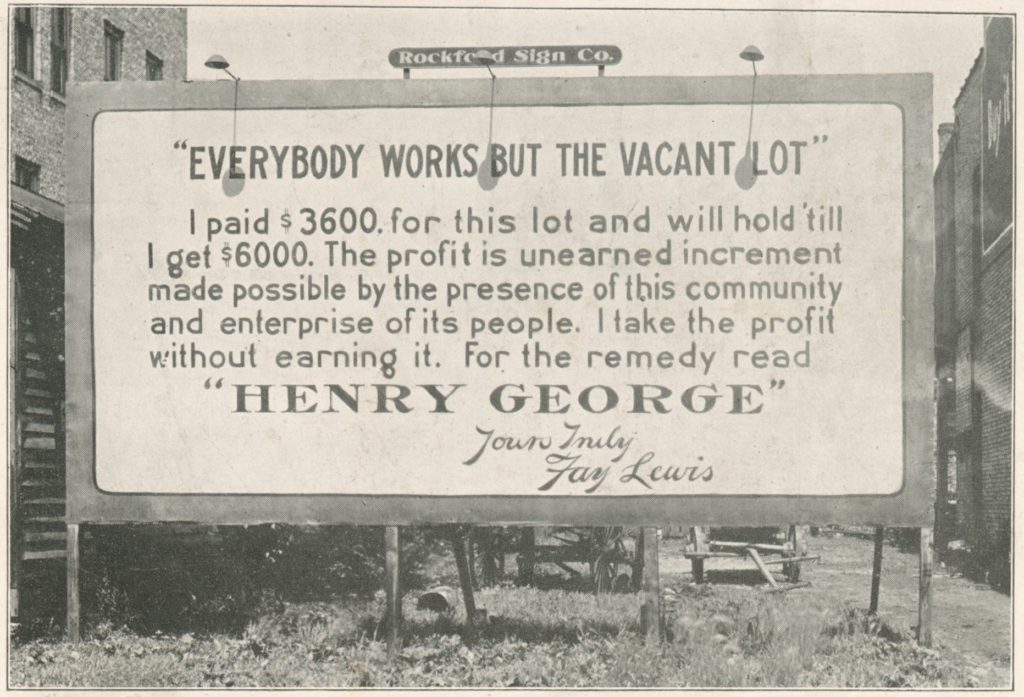Where Do They Stand?: SD 33 Candidates Answer Questions From FORTHE and Community Groups
by Joe Brizzolara | Published March 23, 2019 in Journalism
28 minute readThis upcoming Tuesday is election day in Long Beach—well, for roughly 80 percent of it anyways.
Along with Long Beach, Senate District 33 (SD 33) includes many of Southeast LA’s “Gateway Cities.” The vote is to replace Ricardo Lara, who vacated the seat after being elected State Insurance Commissioner last November. SD 33 includes the communities of Cudahy, Bell, Bell Gardens, Lynwood, Maywood, Signal Hill, Paramount, South Gate, Vernon, Walnut Park, Huntington Park, as well as portions of Lakewood and Los Angeles. It’s home to over 925,000 folks and is one of the most residentially dense districts in the state. It runs along the LA River, stretching from Huntington Park in the north to the Port of Long Beach in the south.
The 710 and other transportation corridors in the district have contributed to poor air quality which has plagued many communities in SD 33. A report by the South Coast Air Quality Management District found high levels of air toxins along the 710 that are associated with respiratory and cardiovascular problems, including asthma, allergies, and lung cancer.
The district’s heavy industrial activity has also produced other health risks. The Exide battery recycling plant in Vernon was found to be contaminating surrounding neighborhoods with lead at levels up to 100 percent higher than California’s health standard.
Along with pollution, civic corruption has also been a major issue for SD 33 cities. Of the seven candidates who are currently in office, six were elected following high-profile corruption cases in their respective cities (Lynwood, South Gate, Cudahy, and Bell).
Ali Saleh, a Lebanese-American small businessman, and Ana Maria Quintana, whose parents immigrated from Mexico and is an alum of Yale and Columbia, were both elected to the City Council as reformers following the Bell scandal. Lynwood Mayor Jose Luis Solache, who (like Lara) is an openly gay Latinx man, was first elected to the council the year after a former mayor and a councilmember were sentenced to state prison for illegally boosting their salaries and using city credit cards for personal vacations.
Assembly Speaker Anthony Rendon (D-Lakewood), whose Assembly district overlaps with SD 33, has referred to the region as a “corridor of corruption.”
Add to that many residents’ growing anxiety over housing costs and you have a district with very serious issues at hand.
SD 33 is solidly Democrat, electing Lara in 2016 by over 78 percent. Six out of the nine candidates are elected Democrats. Long Beach Councilmember Lena Gonzalez, oft reported as the frontrunner, has secured the endorsement of both Lara and other Democrat leaders like Congressperson Alan Lowenthal and LA County Democratic Party Chair Mark Gonzalez (though the state party came back with a no-endorsement for this race). Like Gonzalez, candidates Denise Diaz, Leticia Vasquez-Wilson, and Quintana are also all Democrat Latinx women who currently hold elected office.
Tomisin Oluwole
Ode to Pink II, 2020
Acrylic and marker on paper
14 x 22 inches
Click here to check out our interview with Tomisin Oluwole, a a literary and visual artist based in Long Beach.

Instead of gunking up our site with ads, we use this space to display and promote the work of local artists.
Other candidates include Democrat Tom Cares, a millenial father of four, who talked about Universal Basic Income and investing in cryptocurrency. Cesar Flores, a Paramount resident, is running as the Green Party candidate and wants to roll rents back to rates paid 12 years ago.
Cudahy Councilmember Jack Guerrero holds the rare distinction of being a Republican elected official in Southeast LA (local elections, unlike the state level, are nonpartisan). He’s joined on the ballot by fellow Republican Martha Flores Gibson who has run unsuccessfully for office three times before.
The race has not been without a few spicy moments. One candidate sent a letter to members of the Long Beach City Council threatening a defamation lawsuit if false statements were made about them. It was also revealed that another had had a DUI conviction back in 2012.
Councilmember Gonzalez is running as a progressive, with strong bonafides evidenced by her support for a labor protections/anti-harassment law for hotel workers and a ban on styrofoam products, but has received criticism from opponents and activists for her coziness with the oil industry. Her candidacy is being supported by an independent expenditure committee that received over a million dollars from Chevron, Valero, and Tesoro. She denied soliciting the contributions but did brag recently about outraising her opponents.
If no single candidate is able to receive 51 percent or higher of the vote, the race goes into run-off which will take place June 4.
FORTHE members compiled a candidate questionnaire and asked various district-based community and advocacy groups to also submit questions for the candidates. The Long Beach Tenants Union and the Gray Panthers both submitted questions regarding housing. The Long Beach Taxpayers Association weighed in on High Speed Rail. East Yard Communities for Environmental Justice asked about expansion plans for the 710. Friends of the Los Angeles River asked about community engagement and the LGBTQ Center Long Beach asked candidates how they plan to reduce hate crimes against LGBTQ folks.
Their questions are clearly marked below. For the four candidates that did not reply to us—Gonzalez, Solache, Quintana, and Vasquez-Wilson—answers were sourced, when possible, from similar questions asked at public forums. Major claims made by the candidates, and any figures they cited, have been fact-checked and those that could not be independently verified have been marked as such.
Special thanks to those that participated.
Click on “Read Full Answers” to see all of the candidate’s answers in one place. Answers have been lightly edited for clarity and brevity. Finally, a fair warning: One of the candidates used some colorful language.




































































































Help Us Create An Independent Media Platform for Long Beach
We believe that what we are trying to do here is not only unique, but constitutes a valuable community resource. We are dedicated to building a fiercely independent, not-for-profit, and non-hierarchical media organization that serves Long Beach. Our hope is that such a publication will increase civic participation, offer a platform to marginalized voices, provide in-depth coverage of our vibrant art scene, and expose injustices and corruption through impactful investigations. Mainly, we plan to continue to tell the truth, and have fun doing it. We know all this sounds ambitious, but we’re on our way there and making progress every day.
Here’s what we don’t believe in: our dominant local media being owned by one of the city’s wealthiest moguls or a far-flung hedge fund. We believe journalism must be skeptical and provide oversight. To do so, a publication should remain free from financial conflicts of interest. That means no sugar daddy or mama for us, but also no advertisements. We answer to no one except to our readers.
We call ourselves grassroots media not only because we are committed to producing work that is responsive to you, dear reader, but because in order for this project to continue we will also need your support. If you believe in our mission, please consider becoming a monthly donor—even a small amount helps!


 joe@forthe.org
joe@forthe.org




